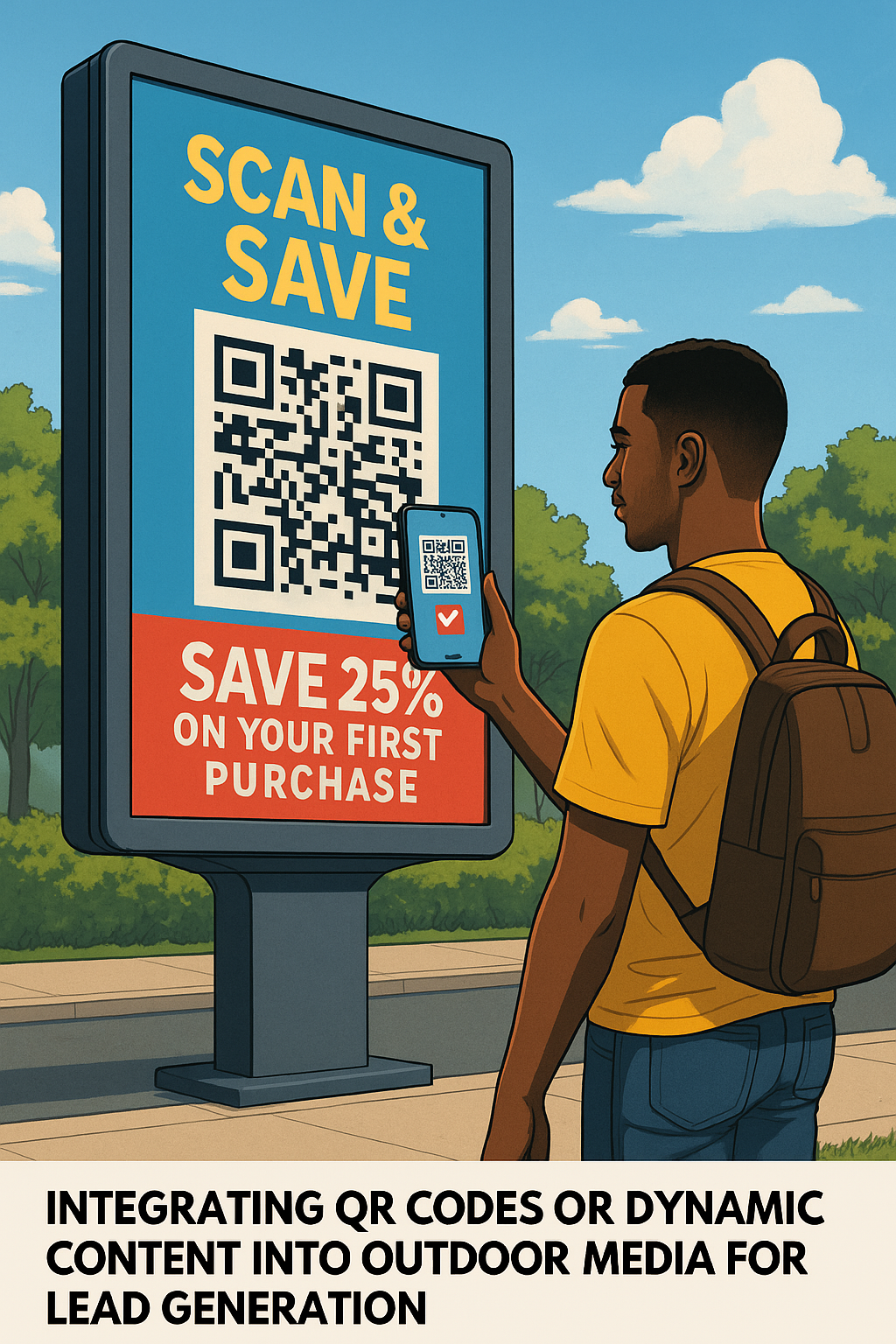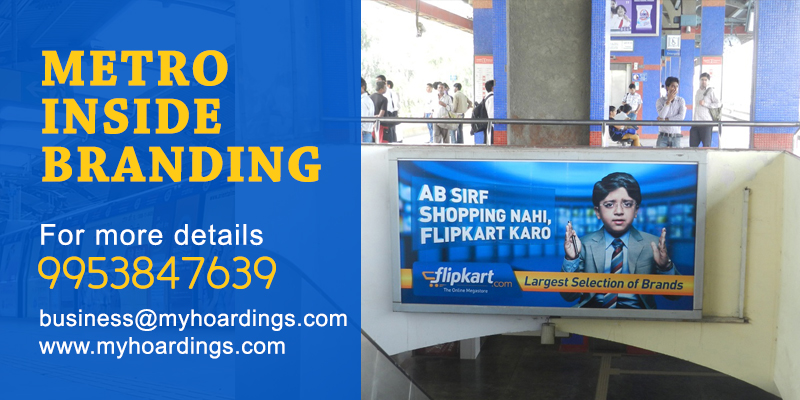Contextual targeting is a digital advertising strategy that serves ads based on the content of the webpage or app that a user is currently viewing. Unlike behavioral targeting, which relies on user data and past behavior, contextual targeting focuses on the relevance of the content in the immediate environment where the ad appears. This approach ensures that ads are displayed in contexts that align with their content, potentially increasing their effectiveness and engagement.
How Contextual Targeting Works
- Content Analysis: Contextual T. begins with analyzing the content of the webpage or app. This analysis involves understanding the topic, keywords, and overall theme of the content to determine its relevance.
- Ad Matching: Based on the content analysis, the advertising system matches relevant ads to the content. For example, if a user is reading an article about outdoor sports, ads for sports equipment or travel gear might be displayed.
- Real-Time Bidding: In many cases, contextual targeting is integrated with real-time bidding (RTB) platforms. Advertisers bid for ad placements in contexts that match their target audience’s interests.
- Placement: Ads are then placed on the page or app, ensuring they are relevant to the content the user is currently engaging with. This relevance can enhance user experience and increase the likelihood of ad interaction.

Benefits of Contextual Targeting
- Relevance: Ads are shown in a context that is directly related to their content, making them more relevant to users. This can lead to higher engagement rates and better performance.
- Privacy-Friendly: Unlike behavioral targeting, which relies on personal data and user history, contextual targeting does not require tracking individual user behavior. This makes it a more privacy-conscious approach.
- Enhanced User Experience: By aligning ads with the content users are already interested in, contextual targeting can improve the overall user experience and make ads feel less intrusive.
- Increased Engagement: Relevant ads are more likely to capture users’ attention and lead to higher click-through rates (CTR) and conversion rates.
- Brand Safety: Contextual T. helps ensure that ads do not appear alongside inappropriate or unrelated content, thereby protecting brand reputation and maintaining a positive user experience.
Challenges of Contextual Targeting
- Limited Data: Contextual T. relies solely on the content of the page, which may not fully capture user interests or intent. This can limit the precision of ad targeting compared to behavior-based methods.
- Dynamic Content: Websites and apps with rapidly changing content can present challenges in maintaining accurate and relevant ad placements.
- Complexity in Implementation: Implementing effective contextual targeting requires sophisticated algorithms and content analysis tools, which can be complex and resource-intensive.
Applications of Contextual Targeting
- Display Advertising: Contextual T. is widely used in display advertising to ensure that banner ads are relevant to the content of the host page.
- Content-Based Ad Networks: Ad networks that focus on content relevancy, such as Google AdSense, utilize contextual targeting to match ads with relevant content across the web.
- Video Advertising: Contextual T. is also applied in video advertising, where ads are matched to the content of video streams or related videos.
- Mobile Advertising: On mobile apps, contextual T. ensures that ads are displayed based on the content of the app or the current in-app activity.

Conclusion
Contextual targeting offers a powerful way to deliver relevant ads based on the content users are currently engaging with. By focusing on the immediate context rather than past behavior, this approach enhances user experience, maintains privacy, and improves ad relevance. While it may have limitations compared to behavior-based targeting, contextual targeting remains a valuable tool in the digital advertising landscape for creating engaging and effective ad campaigns.
Top 5 OTT Platforms in India for Advertising
| Name | Active Users |
|---|---|
| Disney+ Hotstar | 38 Million |
| Netflix | 400 Million |
| SonyLiv | 23 Million |
| MxPlayer | 280 Million |
| Amazon Prime Video | 175 Million |







